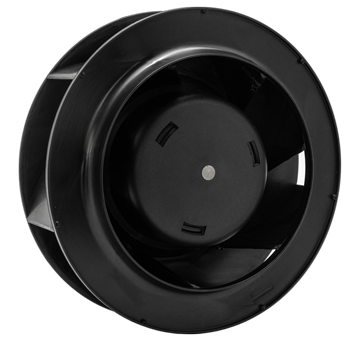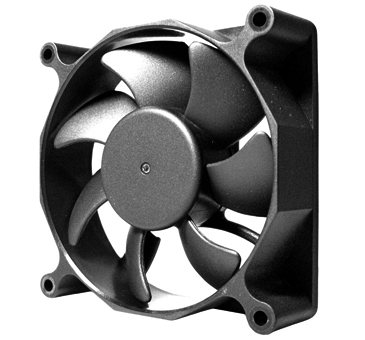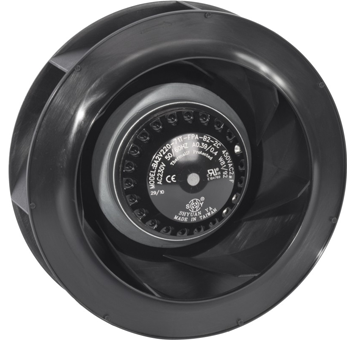Principles of Operation: Axial Fans, Centrifugal Fans, and Blowers
Principles of Operation: Axial Fans, Centrifugal Fans, and Blowers
In the world of mechanical engineering and airflow management, fans play a pivotal role in ensuring the efficient movement of air across various environments. Understanding the operational principles behind different types of fans is crucial for selecting the right fan for specific applications. This article aims to elucidate the working principles of axial fans, centrifugal fans, and blowers, providing a clear understanding of their mechanics and physics for both professional and non-professional audiences.
■ Axial Fans: The Art of Linear Airflow
Axial fans are perhaps the most common type of fan used in everyday applications, from household cooling systems to industrial ventilation. The "axial" in axial fan refers to the direction of airflow they create, where air moves parallel to the shaft about which the blades rotate.
Working Principle:
In an axial fan, the blades are positioned in such a way that they push air in a linear direction. The fan's motor drives the rotation of the blades, which are aerodynamically designed to convert the rotational motion into a force that moves air axially. This design allows for the efficient movement of air through the fan and out in the direction the blades are facing.
Key Characteristics:
• High airflow rate in the direction of the blade axis.
• Suitable for applications requiring movement of air through large spaces, like cooling rooms or exhausting smoke.
• Typically have a lower pressure increase compared to centrifugal fans.
■ Centrifugal Fans: Radial Air Movement and Pressure Increase
Centrifugal fans, often referred to as blowers, are distinguished by their ability to convert the kinetic energy of rotation into a pressure increase, moving air radially outwards.
Working Principle:
When the motor activates, it spins the fan’s impeller, causing air to enter the fan near its axis (the center). This air is then accelerated outward by the impeller blades through centrifugal force. As the air moves away from the impeller, it increases in pressure and velocity, exiting the fan at a 90-degree angle to the intake direction.
Key Characteristics:
• Capable of generating higher pressure, making them suitable for applications that involve resistance to airflow, such as in HVAC systems or through ductwork.
• The air movement is perpendicular to the fan's intake, facilitating the creation of a more focused and directed airflow.
• Often used in situations where both high flow and high pressure are required.
■ Blowers: Maximizing Volume and Pressure
Blowers are similar to centrifugal fans but are specifically designed to handle large volumes of air at high pressures. They are typically used in more demanding industrial applications.
Working Principle:
Blowers operate on the same principle as centrifugal fans but are optimized to enhance air movement and pressure capabilities. They have more robust and larger impellers, and their housings are designed to maximize airflow and pressure efficiency. The air enters axially and is expelled radially but with a more significant volume and pressure due to the enhanced design.
Key Characteristics:
• High-volume and high-pressure air delivery.
• Ideal for industrial processes requiring extensive air movement, such as in waste management, combustion processes, and material handling.
• Often designed to withstand harsh operational conditions, including handling particulate-laden or chemically aggressive air.
Selecting the Right Fan
Choosing the correct type of fan involves understanding the specific needs of the application, including the desired airflow direction, volume, and pressure. Axial fans are best for high-volume, low-pressure scenarios, while centrifugal fans suit applications needing median volumes but higher pressure. For high-volume and high-pressure demands, blowers are the most effective.
Conclusion
Understanding the principles of operation behind axial fans, centrifugal fans, and blowers is crucial for selecting the right equipment for your needs. Each fan type has distinct characteristics and operational mechanics that make it suitable for different applications. By comprehending these underlying principles, users can make informed decisions to ensure efficient and effective air management in their specific contexts.



.png)


.jpg)